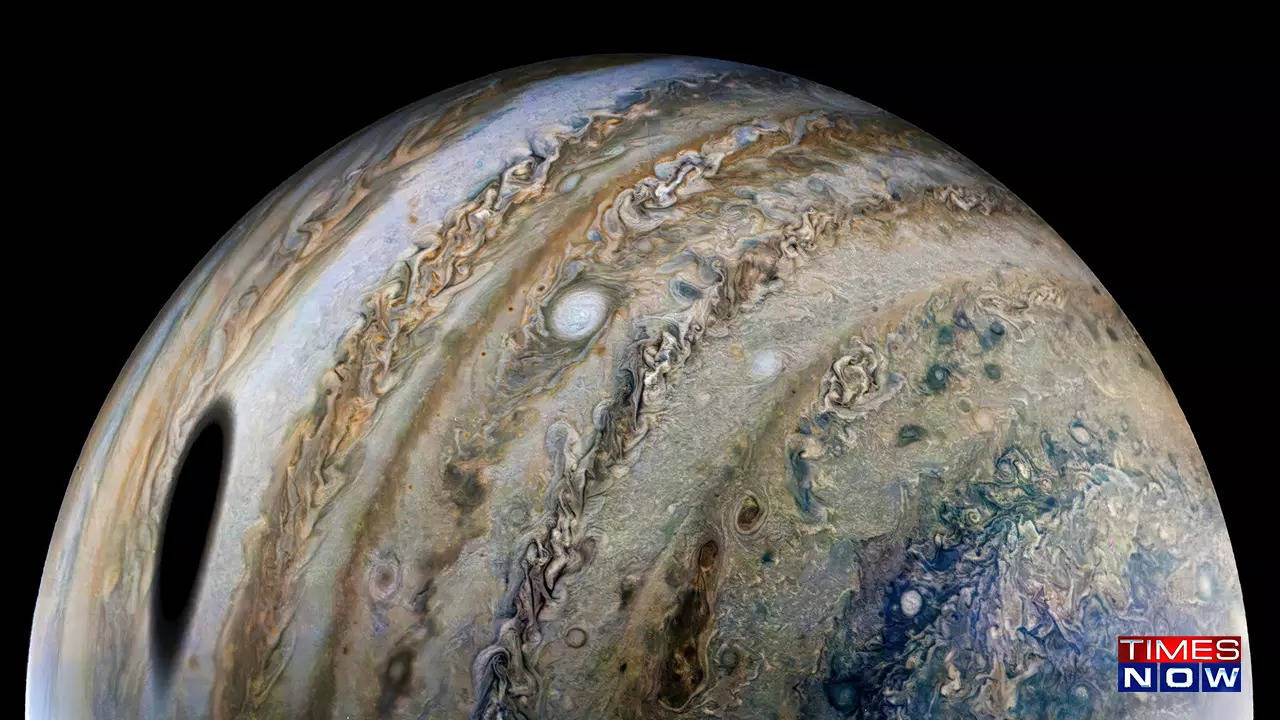Never seen in 70 years: Jupiter to make close approach to Earth!
Jupiter Near Earth: Jupiter's proximity to Earth seldom coincides with opposition, so the sights this year will be spectacular. Jupiter will be around 365 million miles away from Earth at its nearest approach. At its furthest point, the enormous planet is around 600 million miles distant from Earth.

September 19, 2022: Skywatchers are in for a special treat in the days ahead, as Jupiter, the biggest planet in our planetary system, will align with Earth, bringing them nearer than at any time in over 70 years.
Jupiter will make its nearest approach to Earth on September 26, as stated in a NASA blog post. As per NASA, this stunning event is known as 'opposition,' and it occurs when a celestial body rises in the east as the Sun sets in the west, putting the body and the Sun on opposing ends of the Earth.
A spectacle not seen in 70 years!
Jupiter's opposition happens every 13 months, making it look bigger and brighter than at any other time of the year. Not only that, but Jupiter will also align very closely with Earth for the first time in 70 years! This is due to the fact that Earth and Jupiter do not orbit the Sun in complete circles, thus they cross each other at varying distances during the year.Jupiter's proximity to Earth seldom coincides with opposition, so the sights this year will be spectacular. Jupiter will be around 365 million miles away from Earth at its nearest approach. At its furthest point, the enormous planet is around 600 million miles distant from Earth.
How and when to see this spectacular spectacle?
Adam Kobelski, a research astrophysicist at NASA's Marshall Space Flight Center in Huntsville, Alabama, said, "With good binoculars, the banding (at least the central band) and three or four of the Galilean satellites (moons) should be visible."He further added, "It's important to remember that Galileo observed these moons with 17th century optics. One of the key needs will be a stable mount for whatever system you use."
Kobelski suggests a larger telescope to see Jupiter's Great Red Spot and bands in greater detail; a 4 inch or larger telescope and additional green to blue filters would improve sight of these regions.
An optimal viewing position, as per Kobelski, will be at a higher point in a dark and dry environment.
Kobelski says, "The views should be great for a few days before and after Sept. 26. So, take advantage of good weather on either side of this date to take in the sight. Outside of the Moon, it should be one of the (if not the) brightest objects in the night sky."
Although Jupiter has 53 named moons, astronomers think that a total of 79 moons have been discovered. The Galilean moons are the big four moons, Io, Europa, Ganymede, and Callisto, named after Galileo Galilei, who discovered them in 1610. During opposition, the Galilean moons may appear as bright spots on either side of Jupiter in binoculars or a telescope.
This article is written by Diya Mukherjee
Trending:
End of Article
Subscribe to our daily Newsletter!
Related News





Apple MacBook Air M1 Available At Just Rs 47,500 On Flipkart, How To Get The Offer

Rare 4 Solar Flare Eruption Raise Concerns; Earth Could Face G1 Geomagnetic Storm

Apple Event 2024: iPad Air May Not Launch With Mini-LED Display On May 7, All Details

What Is Delta App And How To Get This Retro Game Emulator App For Free On iPhone

Google's Gemini AI Faces Criticism For Bias In Image Generation, Internal Efforts Underway








